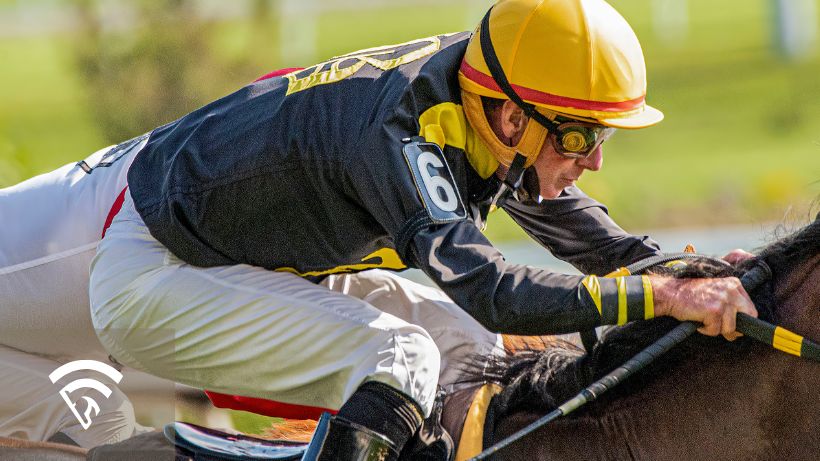What is a Bounce?
In horse racing, a bounce refers to a horse running a significantly worse race following an unusually strong performance, often after a return from a layoff or after peaking in form. It’s a regression in effort or speed—usually not due to injury, poor trip, or competition level—but simply because the horse couldn’t sustain or repeat its previous performance level.
The concept is rooted in the idea that horses, like human athletes, can exert themselves to a point of temporary exhaustion or over-performance and then naturally dip in their next outing.
Why Do Horses Bounce?
There’s no single reason for a bounce, but a few common patterns show up:
- Big effort off a layoff: A horse returns fresh, runs a huge race, and then regresses next out.
- Massive jump in speed figure: When a horse suddenly runs 10+ points faster than its norm, it may not be able to repeat.
- Tough trip or taxing effort: A grueling race—especially on a deep or tiring track—can zap a horse's energy for the next start.
- Second race back syndrome: Surprisingly, some horses fire big in their return race, but bounce in their second start after time off.
Bounces can be short-term dips or signs of deeper physical fatigue, but experienced handicappers watch for them closely.
Spotting a Potential Bounce
Recognizing a bounce candidate is part art, part science. Here’s what to look for:
Uncharacteristic Speed Figure Spike
If a horse posts a Beyer, Equibase, or EE figure far beyond its typical range, it may have overexerted itself and be due for regression.
Lightly Raced with a Big Jump
Young or lightly raced horses that improve too quickly are prime bounce candidates—especially if they’ve never backed up that performance before.
Trainer Intent
A trainer who wheels a horse back quickly after a taxing race may not be giving it enough recovery time. Conversely, a longer gap between starts could mean the trainer is trying to avoid a bounce.
Pattern Recognition
Has the horse bounced before? Some runners are prone to bouncing after every big effort. Others handle their success better.
Bounce vs. “Just a Bad Race”
It’s important not to confuse a bounce with a bad trip, poor setup, or racing against stronger competition. A bounce is more internal and form-related; the horse simply didn’t have the same spark or finishing power.
A poor break, wide trip, or traffic trouble? That’s not a bounce. But a horse who had a perfect trip, went off favored, and ran flat with no excuse? That’s where bounce theories come into play.
Using EquinEdge to Identify Bounces
EquinEdge data tools can help you detect bounce patterns before they burn your ticket:
- Compare EE Win % to recent performance — if the projected win % is low despite a big last-out figure, the algorithm may be accounting for a bounce risk.
- Look at GSR (Genetic Strength Rating) — if a big performance came in a race perfectly suited to the horse’s genetics, but the next one isn’t, regression may follow.
- Use EE Form cycles + video replays — track how a horse exits strong efforts. Were they empty in the gallop out? Did they look taxed?
With EquinEdge, you don’t need to rely on hunches. You can back up bounce concerns with real data.
Final Thoughts
A bounce can turn a horse from a sure-thing on paper into a letdown at the window. That’s why experienced handicappers treat bounce patterns with respect especially when a horse is coming off a career-best race.
Being aware of bounce risk helps you spot vulnerable favorites, avoid short prices with regression potential, and uncover sneaky value elsewhere in the field.
